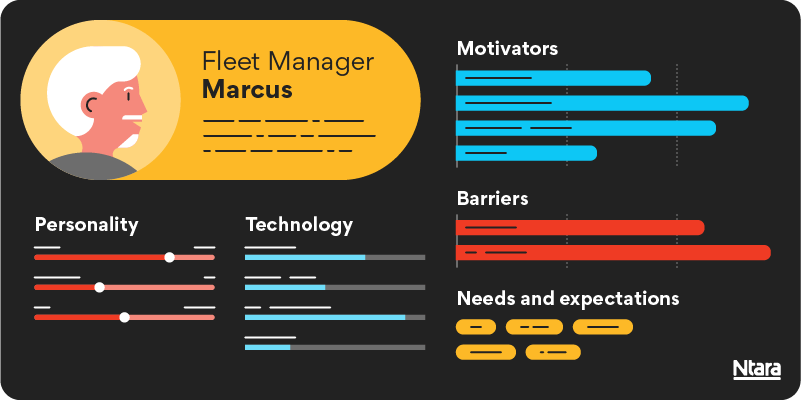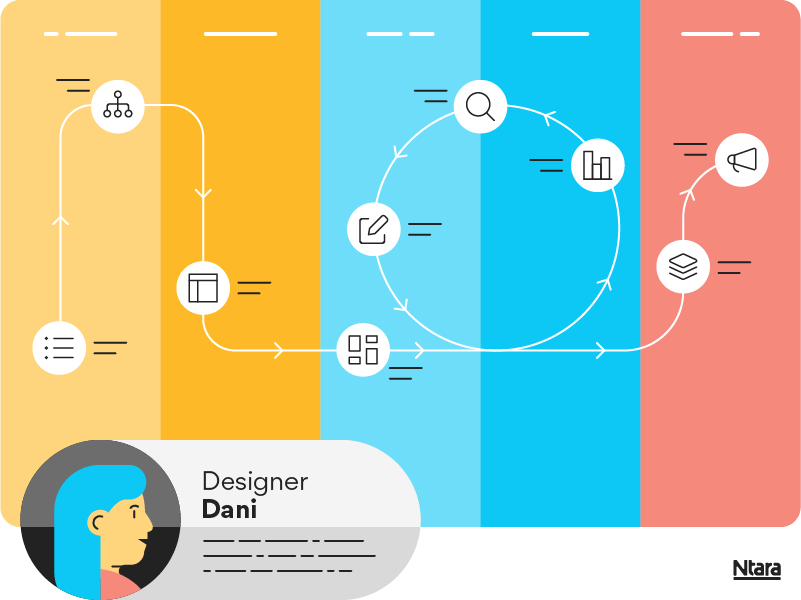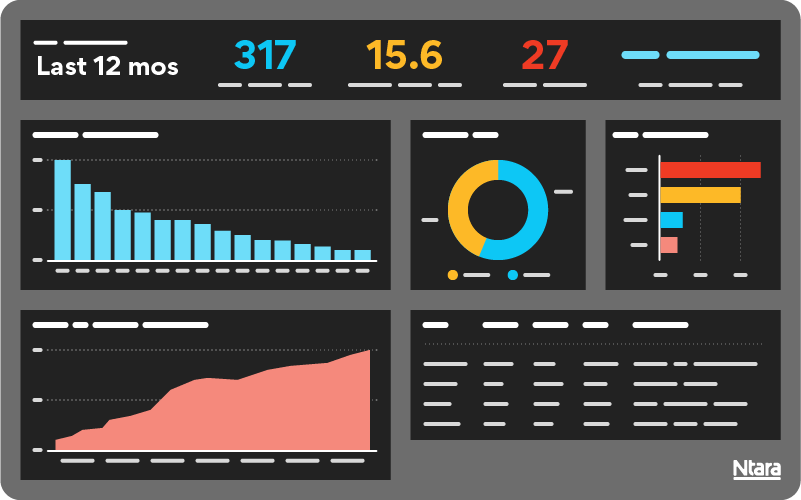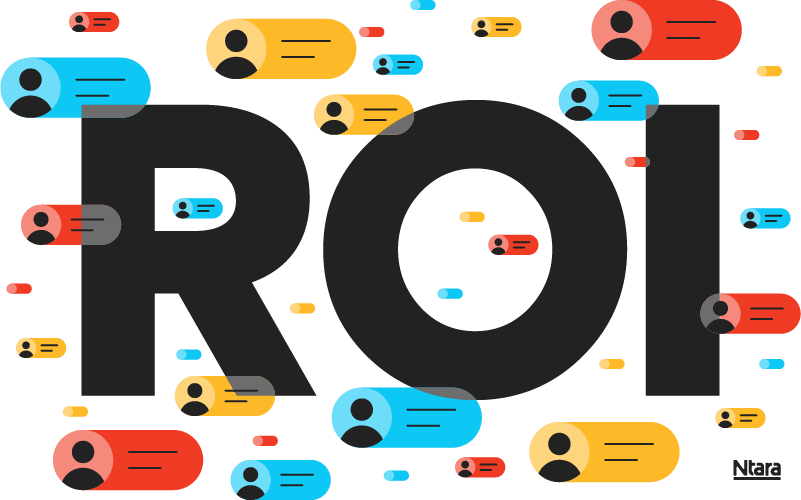You are likely familiar with the concept of a buyer persona profile, created to resemble a subset of your “typical” customer.
But you may not be aware of just how valuable these profiles can be.
Valuable persona profiles are built based on customer data. They’re used to paint a detailed picture of what your real-life customers look like—as well as how they think and purchase.
Data-driven personas are extremely useful to almost every department in your business. They allow you to personalize the customer experience, improve your products, and develop targeted messaging for both existing and prospective customers.
What is a buyer persona?
Buyer personas are visual representations of data collected during a customer segmentation study. They outline customer demographic information, such as age, gender, and socioeconomic status. They also include psychographic information, such as customer values, opinions, and personal preferences.

Buyer personas represent unique segments within your audience—groups that act the same, but are different from other customer segments.
Each persona profile summarizes who a customer really is.
- Where do they work?
- What happens in their day-to-day?
- What are their priorities?
- What do they expect from your business?
- What do they expect from your digital presence?
- What are their unmet needs?
Each persona profile summarizes what we know about that particular customer segment. It isn’t a picture of a real customer, per se, but a conglomeration of the things you know to be true about this type of customer.
Customer journey maps
No persona profile is complete without a complementary customer journey map. This is another visual representation that shows the long-term view of each customer segment’s behavior and expectations. The customer journey map outlines the steps customers take to purchase your products, from awareness to conversion and use.
- How do they find you?
- What channels do they use to conduct research about your products?
- What motivates them to convert?
- What questions do they have at each phase of their journey?
The data-driven persona is step one of understanding who your customers are and why they buy from you. The customer journey map is a blueprint for assisting your customers through the purchase process. Finding them where they are and anticipating their needs along the way.

Creating “living” personas
User personas represent a snapshot in time. In today’s business climate, it is not enough to simply create profiles one time and file them away. Just as your business grows and adapts, so do your customers.
To avoid making inaccurate generalizations about your customers, you should check in with them regularly. This can be done by leveraging primary customer data. For instance, by analyzing website data to understand how visitors interact with the site. Or by sending out feedback surveys each time a customer makes a purchase.
The goal is to check in with your customers at each stage in the funnel, and work to ensure the data you are collecting is accurate. The more you understand about your actual customers—and their needs throughout their relationship with you—the better you can serve them.
At Ntara, we create customized dashboards for our research clients. These dashboards are built based on what’s important to the business and their customers, allowing organizations to understand their customers better by tracking their behavior over time. And they can be filtered to view data specific to your persona segments to help you learn more over time.

Using customer segmentation research to create “living” persona profiles and journey maps that adapt with customer habits helps your business exceed expectations—and clench more sales.
How personas help increase revenue
A common question by business managers regarding personas is, “What is the ROI of this work?” Personas and customer journeys are tools rich with data and information to align your sales and marketing teams.

When personas are done well, they can help guide investments and inform new product offerings. They can also help your customer-facing teams better serve, cross-sell, and upsell customers by having an intimate understanding of their preferences and desires.
How personas help improve customer satisfaction
Persona profiles highlight customer pain points or areas where they have not had their needs met by your company.
This can be particularly useful if your business goes through a season of negative feedback. Or if customers don’t seem to be buying as much as they used to. Or if they have left you for your competition.
The details in buyer persona profiles can help unravel the mystery behind these issues. What was the customer looking for that your product failed to provide? What could be changed to keep their business?
Your full value chain
Personas can also help you understand your entire value chain.
- In addition to your customers, who else is in your universe?
- Who else are you partnering with?
- Who else are you competing with?
- What should you be thinking about that you aren’t already?
For example, a software company with a B2B focus might discover that they need to increase focus on education institutions that are training students on their software. Creating content tailored to this newly discovered market can result in a wave of graduates who are brand loyal to what they just learned in college.
Whether you are looking to create stronger relationships with your existing customers or break into new markets, data-driven user personas and customer journey maps can help inform your strategy.
Breaking into new markets
Not only are persona profiles useful in understanding your current customers. They can also give you an edge when breaking into a new market.
You can’t create effective marketing materials or meaningful customer experiences if you can’t personalize them to specific audience needs.
We live in an ever-innovating world where all the best websites make it extremely easy to do business. Naturally, both consumers and B2B buyers have very high expectations for user experience.
Gathering data on members of this new market and constructing profiles accordingly allows you to learn how they think, purchase, and prefer to be spoken to.
The data found in a persona profile might also inspire product managers to create new products or experiences designed to inspire a specific customer base.